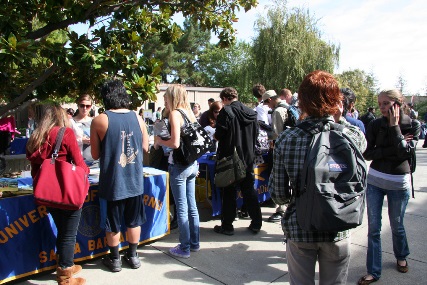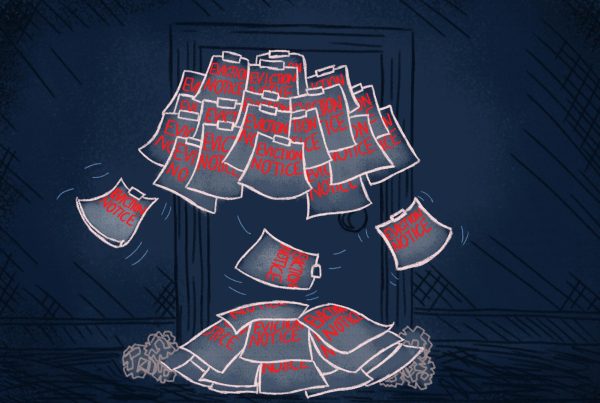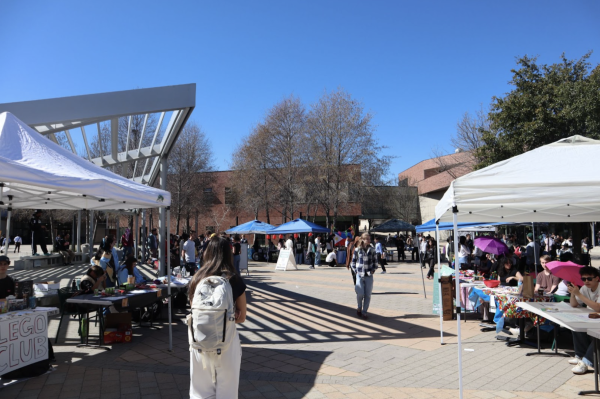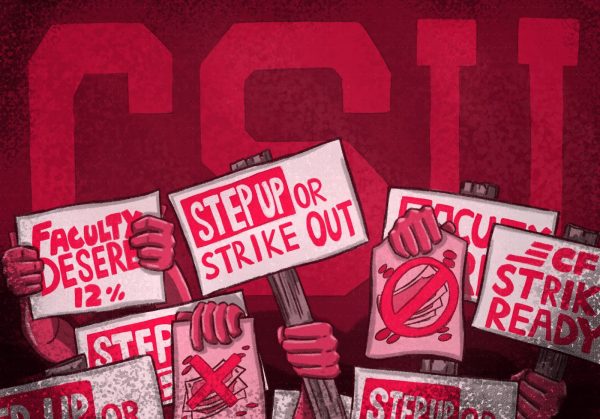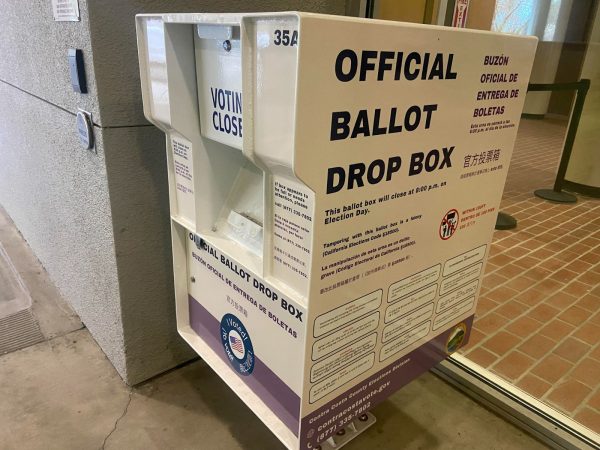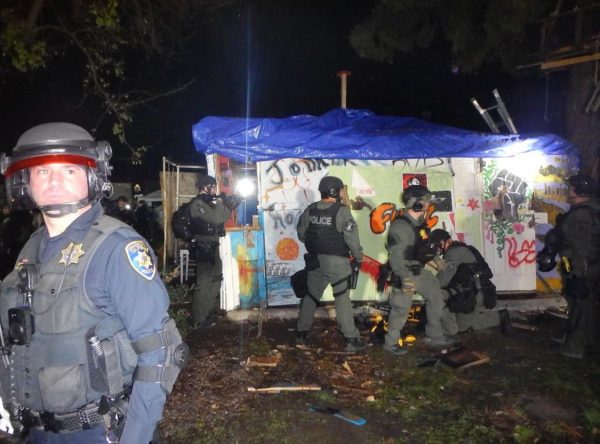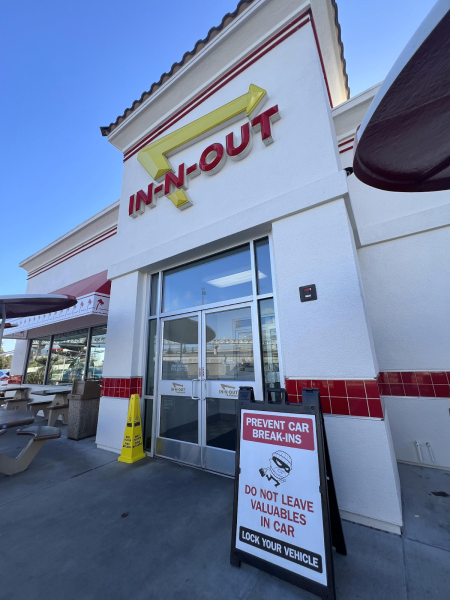Contra Costa Has Spent All Its Funding From the CARES Act. What Happens Now?
May 5, 2021
Since the passage of the Coronavirus Aid, Relief, and Economic Security Act in March 2020, Contra Costa has received nearly $230 million in combined state and federal aid. Over a year later, at last month’s county budget hearing, Timothy Ewell, the chief assistant to the county administrator, announced that all CARES Act funds received by the county have been spent.
“The CARES Act is essentially done,” said Ewell. For the next two years, the county will be relying on an almost equal sum of money, $223 million, from President Biden’s American Rescue Plan to cover continuing Covid-related expenses.
Contra Costa’s budget, like many counties nationwide, has been negatively impacted by the pandemic despite trillions of dollars of federal stimulus. The National Association of Counties, an organization composed of more than 2,000 local governments, estimated that local governments will experience revenue cuts and additional expenditures exceeding $200 billion by the end of this fiscal year.
Ewell said that county departments have experienced revenue shortfalls for a number of reasons, such as decreased returns on sales taxes and the county’s inability to perform or charge customers for its services.
According to Ewell, a “vast majority” of CARES Act funding was used to offset these types of losses, with the remainder being spent on new initiatives related to the coronavirus. County administrators told the board of supervisors that they will provide a more detailed breakdown of how stimulus money was spent when the board meets to approve next year’s budget on May 11.
The supervisors also spent time last month discussing the Measure X advisory committee, a community group that will recommend how the board spends almost $100 million in annual revenue generated from a recently passed, half-cent sales tax.
The board urged department heads to inform the advisory body about any of their unmet funding needs. “All the departments should let the Measure X advisory committee know about where [they] think funding would be of the greatest value,” said Supervisor John Gioia.
During the budget hearing, Contra Costa’s sheriff, David Livingston, asked for more than $10 million of Measure X revenue to hire 30 full-time officers and about $1 million to pay for officer body cameras. “The direction for Measure X was for expanded and enhanced public safety. I believe that includes police response,” said Livingston.
The sheriff said the county needs more officers to improve emergency response times, which currently average more than 11 minutes per call. Livingston said that using new hires to increase the number of police patrols could cut the 911 response time to under 10 minutes.
Replying to Livingston’s proposal, Supervisor Karen Mitchoff said, “I will be supporting these dollars being utilized from Measure X [to fund the sheriff’s department].” Later in the meeting, after some community members criticized her position on Measure X spending during the Zoom call, Mitchoff stood by her statements, saying, “I’m not going to be silent on where I think Measure X funds should go.”
Supervisor Candance Andersen also said she was supportive of giving Measure X money to the sheriff’s department, saying there cannot be a “political knee jerk reaction” to police funding, referring to continued calls in Contra Costa to defund the police in the wake of last year’s nationwide racial justice protests.
The Measure X committee meets virtually on Wednesdays at 5 p.m. and can be accessed using this Zoom link or by calling (888) 278-0254. Its meetings are open to the public and at its last meeting, on April 28, the chair of the group, Mariana Moore, encouraged Contra Costa residents to offer their input on how Measure X dollars should be spent.
























